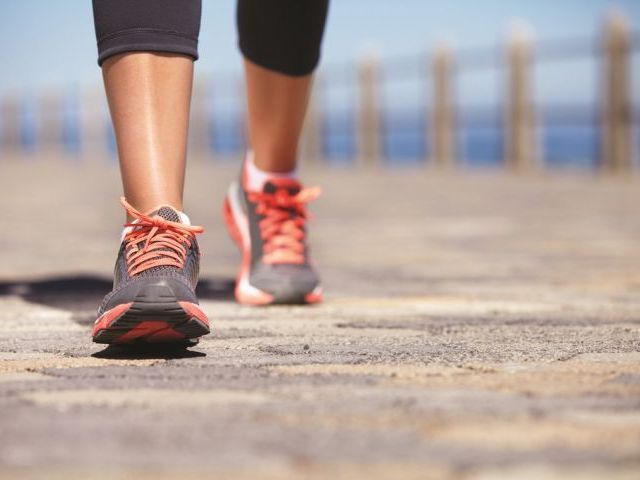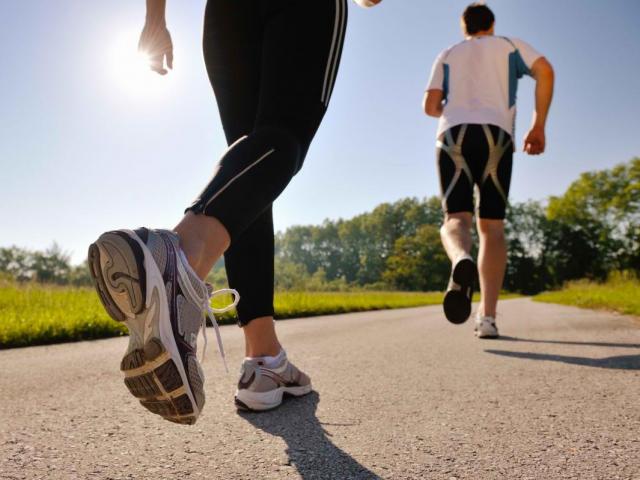
Walking is a super accessible and straightforward way of losing weight especially for those whose lifestyle needs them to stay behind a desk all day. This is because besides boosting your caloric burn each day it also reduces your stress levels. Walking can help one reduce cut at least one pound every week depending on your walking habit. What makes walking great is that it can be done without strict adherence to hard exercise and diet programs. Below are some of the ways which one can adopt to achieve weight loss through walking.
• Do three walks for 20 minutes each day.
If you can make three 20-minutes walk each day, it should help you achieve your goals and weight loss. A study shows that those who walk at least 15 minutes after a meal have better control of their blood sugar. These walking routines help cut the cravings for sugar after one has just had a meal.
• Take at least 15,000 steps each day
Trainers recommend 15,000 steps each day of the week to achieve weight loss. You should not worry much about a slow increase of step. Increasing your step count is something that can be accomplished without stressing your body.
• Adopt power-walking intervals
Increase your pace for one-minute intervals to increase your heart rate and hence burn more calories. Once you have incorporated these intervals, you should increase the duration and speed. You should also swing your arms while taking walks to help build strength in the shoulders and burn more calories.
• Use the long route
Using long ways will help you integrate more steps and contribute to achieving daily step count. This will help increase weight loss.
• Combine walks with bodyweight exercises
Walking alone cannot help the trainee make full weight loss. You should combine walking with exercises like 15 to 20 squats, tricep-dips, incline push-ups and lunges will help you lose weight. These are exercises that build muscle, increases heart rate and make your walk work outs from being stale.
• Take walks uphill at least three times a week
Walking uphill, climbing up a staircase and increasing the incline on your treadmill helps build more muscle. This increase the body’s metabolic rate which helps burn more calories. Incline intervals should be added three times a week and increased steadily.

• Avoid sport drinks
Contrary to the belief that sports drinks help give energy, some have more calories than those that one shed off. These drinks are recommended if one does work out that gives and elevated heart rate for about an hour. Sports drinks are not nutritionally healthy for walkers and runners.
Besides helping in weight loss, there are health benefits associated with walking. Some of these benefits are:
1. Walking reduces the bad cholesterol which helps reduce risks for diabetes and hypertension.
2. Medium intensity walking routines lead to reduce the risk for coronary heart disease and high blood pressure.
3. Walking calms you down through sparking of the nerve cells found in the brain. This brings a sense of relaxation to the body which helps reduce stress. Stress reduces the metabolism rate of the body and makes some consume unhealthy foods with sugar and fats. Reduced stress levels help the body achieve a stabilized metabolic rate which results in weight reduction.
